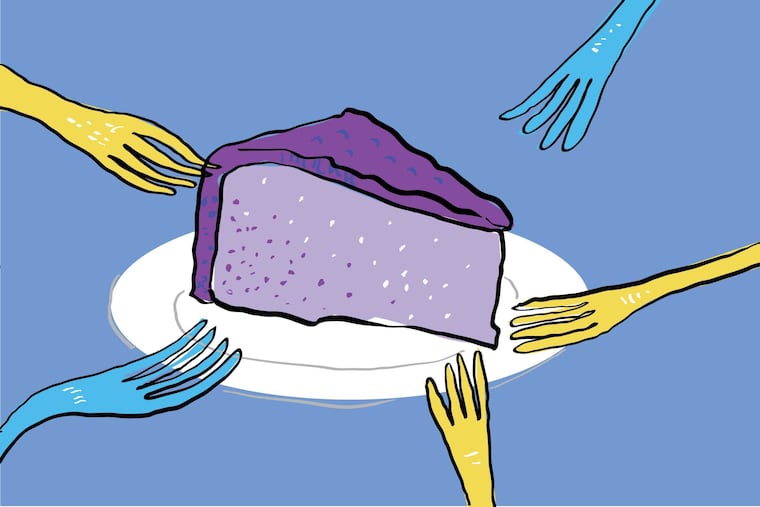We’ll still share dessert, and all the other ways we won’t change our restaurant behavior after COVID-19
Some of our pre-pandemic dining patterns may seem cringeworthy now, but in the distant future, will the memory of COVID-19 change our ways?

Some of our pre-pandemic dining patterns may seem cringeworthy now, but in the distant future, will the memory of COVID-19 change our ways?
